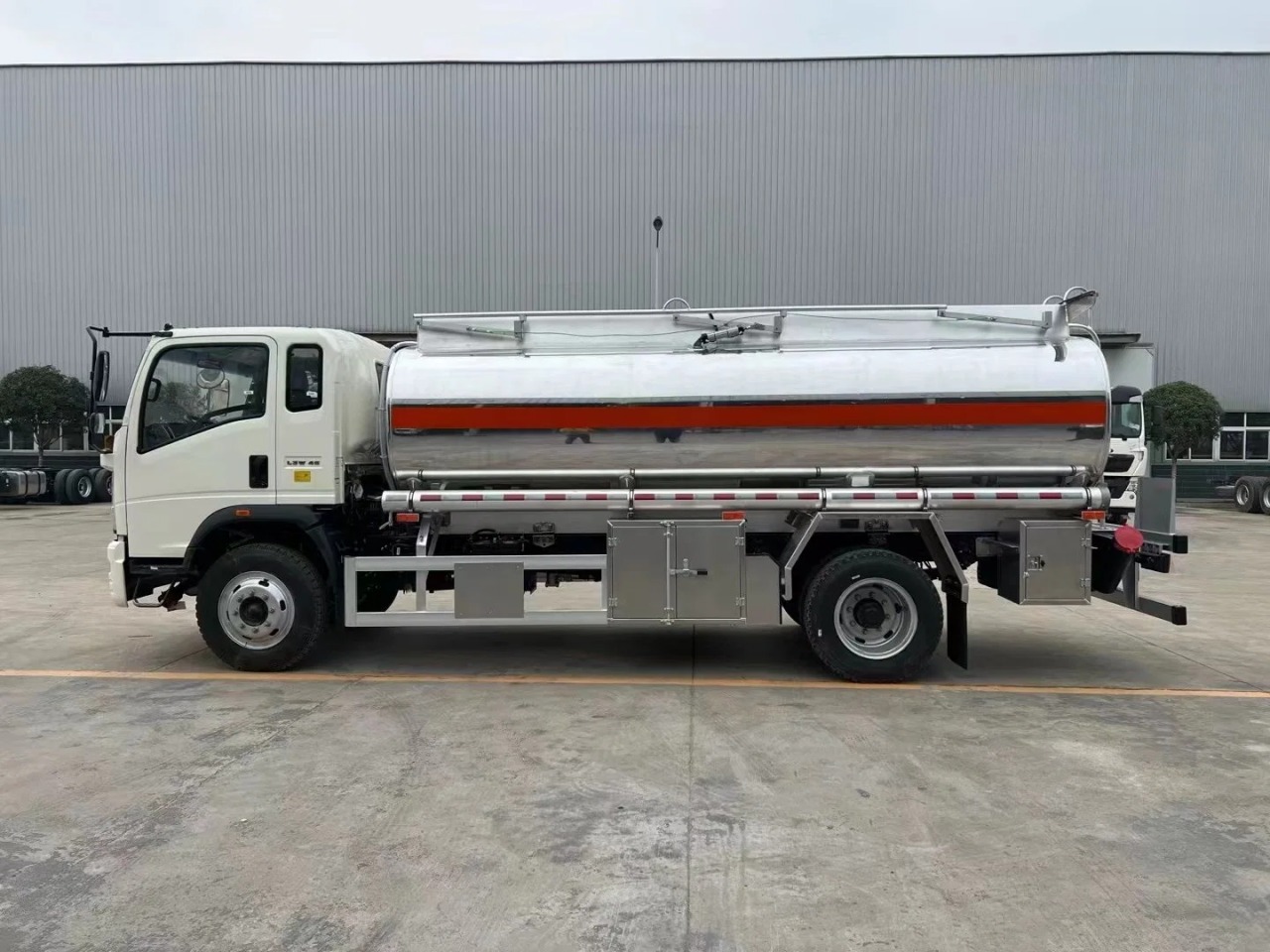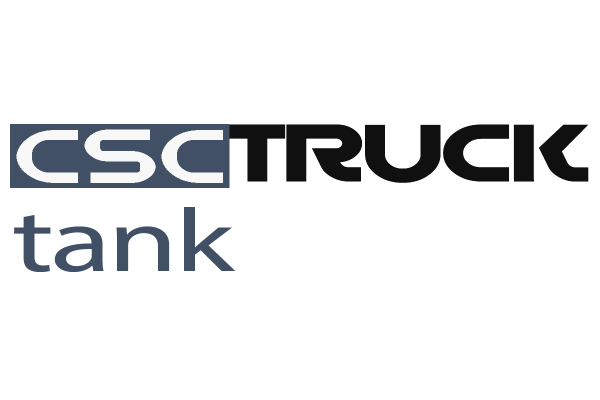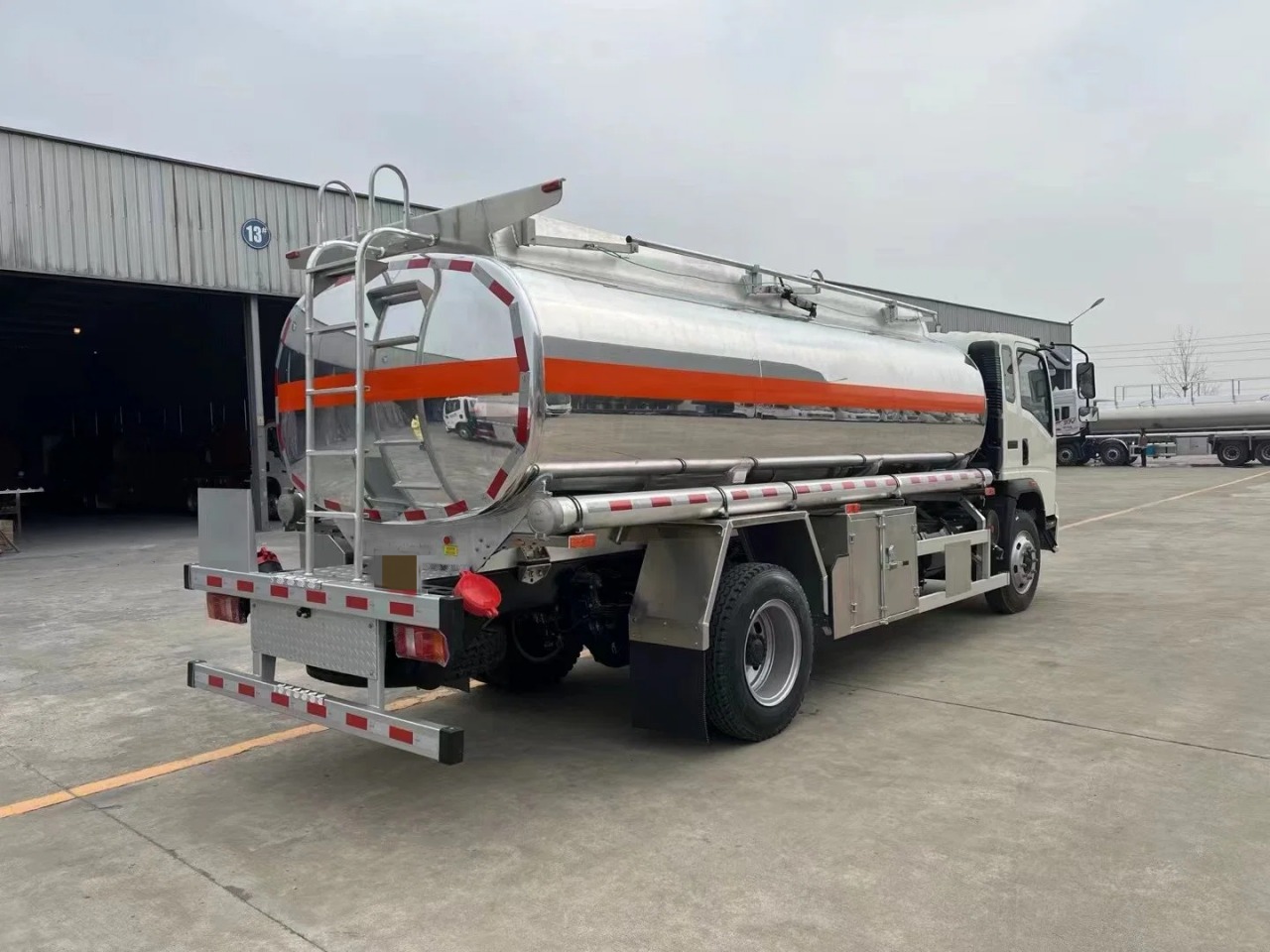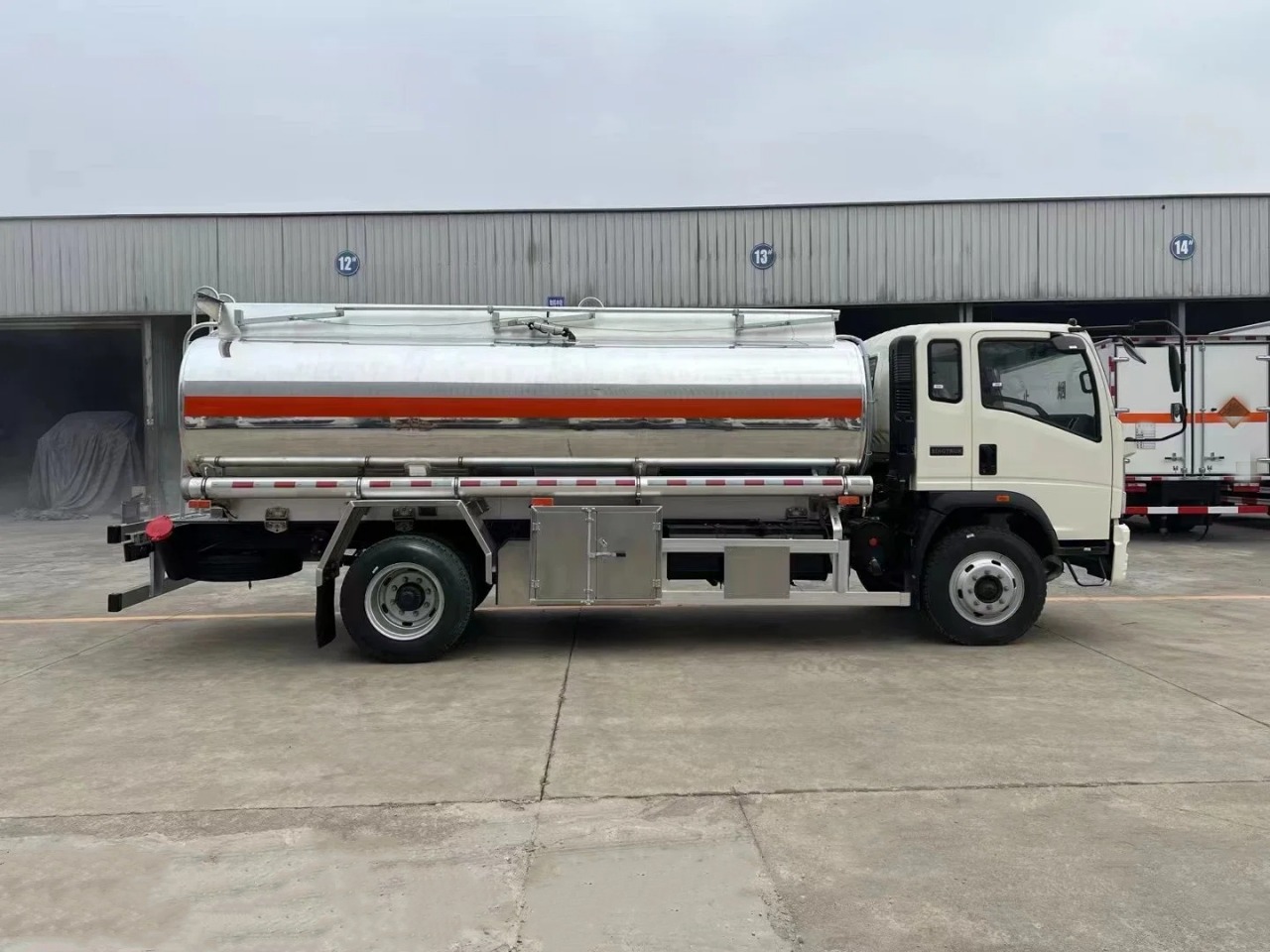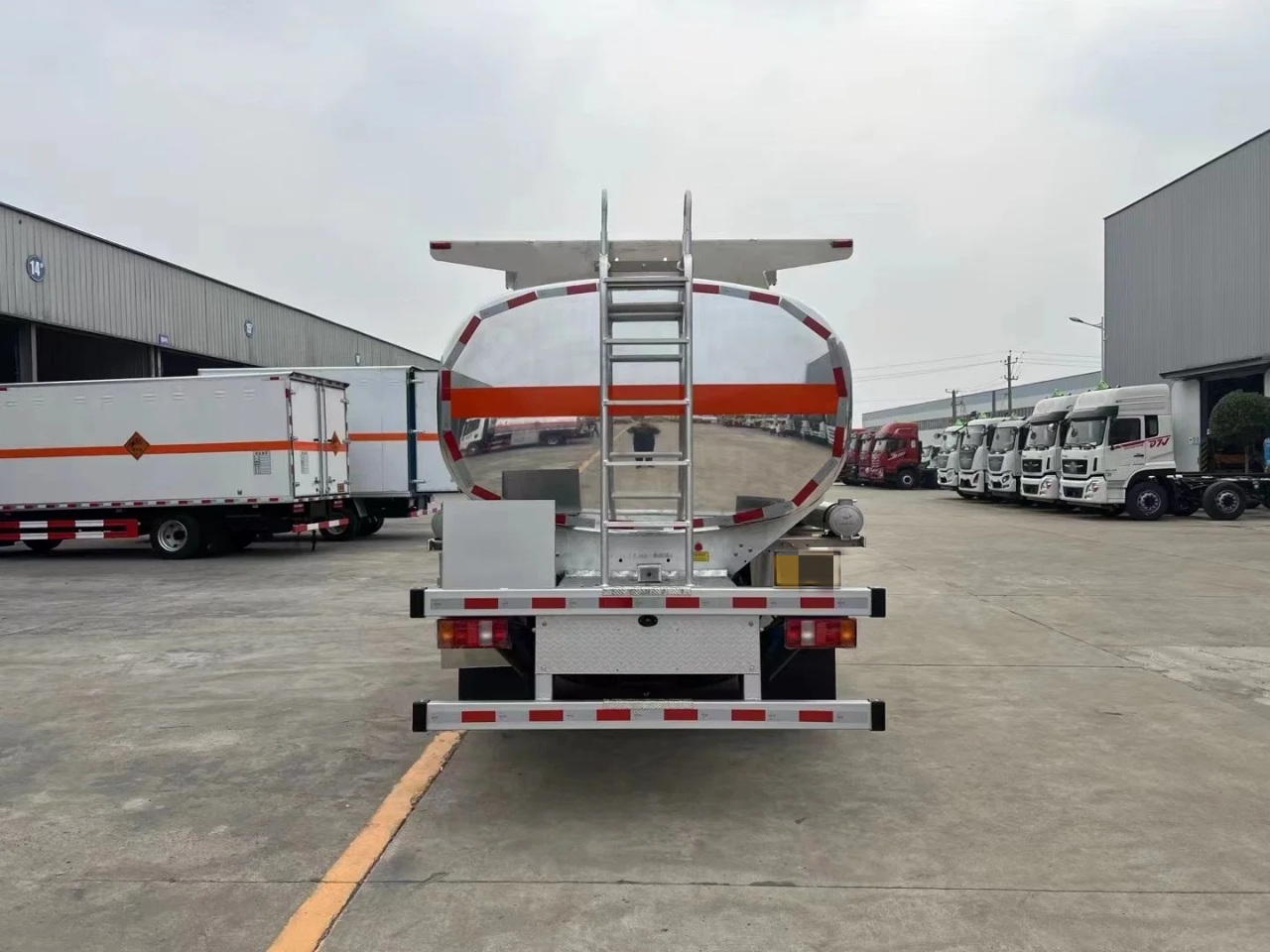In the vast and complex logistics network of the global oil industry, the transport of heavy crude oil presents unique challenges and demands highly specialized equipment. Among the most crucial assets in this process are high-capacity crude oil tanker trucks, designed specifically to handle the dense, viscous properties of heavy crude. These robust vehicles play an essential role in bridging the gap between extraction sites and refineries, particularly in regions lacking pipeline infrastructure. This article explores the importance, design, operation, and safety features of high-capacity crude oil tanker trucks used in transporting heavy crude oil.
Understanding Heavy Crude Oil
Heavy crude oil is characterized by its high viscosity and density, making it thicker and more challenging to transport than lighter crude variants. It typically contains more impurities such as sulfur, heavy metals, and asphaltenes, and has an API gravity of less than 20°. Due to these properties, heavy crude requires special heating and pumping systems to remain in a fluid state during transport.
These physical characteristics mean that traditional transportation methods used for light crude cannot always be applied. Instead, specialized crude oil tanker trucks equipped with heating, insulation, and high-flow pumping systems must be used to ensure the safe and efficient movement of heavy crude from oil fields to processing facilities.
The Role of Crude Oil Tanker Trucks in the Supply Chain
Pipeline infrastructure is not always feasible, especially in remote, rugged, or politically unstable regions. In such cases, crude oil tanker trucks offer a flexible, mobile, and cost-effective solution for transporting oil overland. Their role is particularly critical in early-stage field development, temporary operations, or last-mile delivery to railheads or marine terminals.
High-capacity crude oil tanker trucks are also essential in emergency response scenarios or when pipelines are under maintenance or disrupted. With the ability to rapidly mobilize, they ensure continuous flow within the supply chain, preventing operational delays at both the upstream and downstream ends of the oil industry.
Technical Specifications of High-Capacity Crude Oil Tanker Trucks
To transport heavy crude oil efficiently, tanker trucks must be engineered for durability, thermal management, and high-volume capacity. Key specifications typically include:
- Tank Capacity: Ranges from 25,000 to 45,000 liters (6,600 to 11,900 gallons), depending on axle configuration, road regulations, and regional weight limits.
- Tank Material: Typically constructed of carbon steel or stainless steel, often with corrosion-resistant coatings and reinforced seams to handle the acidic and abrasive nature of heavy crude.
- Insulation and Heating Systems: Tanks are equipped with thermal insulation layers and onboard heating systems, such as steam coils or electric heaters, to maintain a temperature of 40–60°C (104–140°F), preventing oil solidification during transit.
- Pump Systems: High-capacity hydraulic or rotary vane pumps are installed for fast loading and unloading. Some models are capable of handling highly viscous materials at up to 1,000 liters per minute.
- Chassis and Suspension: Reinforced steel frames and multi-axle configurations (e.g., tri-axle or quad-axle trailers) are used to distribute weight evenly and ensure stability under heavy loads.
- Safety Features: Including emergency venting systems, anti-spill valves, electronic braking systems (EBS), and fire-resistant coatings to meet international transport safety standards.
Operational Considerations for Heavy Crude Transport
Transporting heavy crude is not just a matter of hauling large volumes of oil—it involves strict operational discipline and technical oversight to prevent accidents, maintain product quality, and comply with environmental regulations.
1. Temperature Monitoring
Since heavy crude tends to solidify at lower temperatures, real-time temperature monitoring systems are installed to track oil conditions during transit. If the oil drops below a threshold, onboard heaters automatically activate to maintain fluidity.
2. Loading and Unloading Procedures
Loading must be done slowly to avoid stratification and pressure surges. During unloading, the oil is often circulated or agitated using pumps to prevent sediment build-up and ensure complete drainage.
3. Maintenance Protocols
The high viscosity and impurity content of heavy crude accelerate wear and corrosion. Regular maintenance of valves, seals, heating systems, and pump components is essential to prevent leaks, spills, or breakdowns.
Environmental and Regulatory Compliance
Environmental concerns are particularly acute in heavy crude oil transport due to the material’s potential for long-term soil and water contamination if spilled. As such, operators must adhere to a range of regulatory requirements:
- ADR (European Agreement Concerning the International Carriage of Dangerous Goods by Road) standards for hazardous liquid transport.
- DOT (Department of Transportation) regulations in the U.S. for flammable or combustible liquids.
- Use of double-walled tanks or spill containment systems in sensitive or protected regions.
- Deployment of GPS tracking and electronic logging devices (ELDs) to ensure compliance with driving limits and route monitoring.
Additionally, driver training is mandatory, focusing on hazardous material handling, emergency response, and safe vehicle operation under heavy loads.
Advantages of High-Capacity Crude Oil Tanker Trucks
- Flexibility: Trucks can reach remote oilfields or smaller refineries that pipelines or rail cannot.
- Scalability: Fleets can be expanded or reduced based on production needs, avoiding over-investment in fixed infrastructure.
- Cost Control: Particularly in short-to mid-range distances, trucks offer a cost-effective solution compared to pipeline construction.
- Rapid Deployment: Ideal for exploration sites or developing fields where fast mobilization is key.
Innovations and Future Trends
The industry is witnessing technological advancements aimed at enhancing efficiency, sustainability, and safety in crude oil transport:
- Telematics and IoT Integration: Real-time diagnostics, remote monitoring of tank temperature, and predictive maintenance alerts.
- Hybrid or Electric Drivetrains: Reducing fuel consumption and emissions for regional haulage fleets.
- Advanced Materials: Use of composite tank linings and lightweight alloys to increase payload while maintaining structural integrity.
- Automated Safety Systems: Including collision avoidance, roll-over prevention, and driver fatigue monitoring.
These innovations not only improve the performance of tanker trucks but also align operations with evolving environmental and safety regulations.
Conclusion
High-capacity crude oil tanker trucks are indispensable in the transportation of heavy crude oil, especially where fixed infrastructure is not viable. With specialized designs that address the thermal, chemical, and physical demands of heavy crude, these vehicles enable reliable, safe, and efficient delivery from the oilfield to the refinery. As energy demand continues and new extraction sites emerge globally, the role of tanker trucks will remain vital, reinforced by advancing technologies and a growing emphasis on operational sustainability and environmental stewardship.
